Mysterious Incas
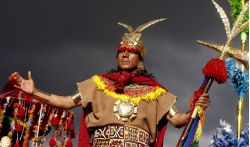
There are two legends about the origin of the Inca´s empire. The first of them tells of a couple – Manco Capac and Mama Occlo – who were Sun-born and made of the foam of Lake Titicaca to found the capital of the future empire in a fertile place. Manco Capac taught men to cultivate the land and extract rare metals, and Mama Occlo taught women how to weave and lead a household. And having created the state, Manco Capac became his first Inca, and Mama Occlo was the Inca’s wife... According to the second legend, after many days of various adventures, the four brothers and their wives reached the place where one of them, Ayar Manco, founded a city and became its first ruler, called Manco Capac since then.

Anyway, the capital of the Inca Empire was the city of Cusco founded in the early 13th century in a valley between two mountain ranges at an altitude of 3416 m.
What does the mysterious word "Inca" mean? It was the name of the supreme ruler of the empire. And the people who inhabited large enough at the peak of it development empire was not at all a special tribe or even a nationality.
Only his own sister could be the wife of the Inca. The marriages outside the clan were forbidden to the members of the Inca’s dynasty, the descendants of the legendary couple of Manko Capak and Mama Okllo; that’s why the number of "the direct descendants of the Sun" was always small. In the period of Peru conquest by the Spaniards there were only 518 members of the Inca’s clan born in the royal family.
The name of the empire in Quechua, the language of the people who called themselves “the children of the Sun” and worshiped it as a god, sounded like "Tawantinsuyu", which means "our united provinces". It was the empire that consisted of four parts: Chinchaysuyu – red color corresponded to it, Qullasuyu – blue color, Antisuyu – green, and Kuntisuyu – yellow color. The color was important for the quipus, the recording devices widely used in the empire.
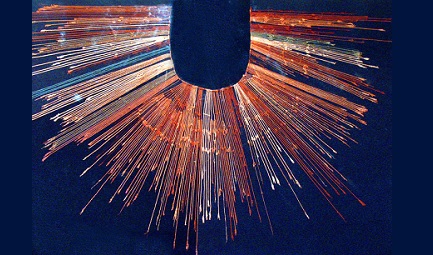
According to most scientists, the traditional writing didn’t exist in Incas society. Until now, no written monuments that would surely disprove this claim have been found, but some data may indicate that it is not an axiom. For example, the Peruvian archaeologist Rafael Hoyle, studying the painting on the Moche culture vessels, discovered the images of beans with some clearly observable signs. The other vessels depict fantastic creatures that either paint on beans the same signs, or read them. Also, the note of the chronicler Sarmiento de Gamboa is considered: he claimed that there was a kind of "state archive" near the Sun temple in Cuzco where the cloths were stretched on the golden frames, and the most important events of the history of Tawantinsuyu were written (woven) on these cloths. However, the access to this building was supposedly forbidden by all, except for the Inca himself and several of his approximate historians. After the arrival of the Spaniards, the cloths were most likely destroyed.
To this day, the legends about the amazing treasures of the Incas exist. There is evidence that the Coricancha temple in Cusco was completely covered with gold, and the trees, bushes and grass in the gardens around it were made of pure gold. Golden shepherds were grazing the golden lamas on golden lawns, and the golden corn was ripening in the fields...
The greedy Spaniards, having captured one of the last Incas rulers Atahualpa in 1533, demanded a ransom for him and received 7 tons of golden and 14 tons of silver items (to this day this ransom is considered the largest military prey in world history). However, the Spaniards acted meanly and executed the prisoner. After that, the Incas collected and hidden the remained gold in the palaces and temples. Its search lasts to this day.

The architecture of the Incas deserves a special attention. Simple buildings for the ordinary people were built of small stones clamped with clay-lime mortar, giant monoliths not connected with each other were used for palaces and temples. The stones in such structures do not fall apart due to the numerous protrusions that cling to each other. An example is the famous twelve-cornered stone in the wall in Cusco, so tightly fitted to the neighboring blocks that one cannot slip even the razor blade between them.
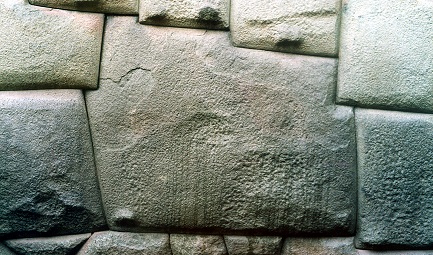
The basis of the Inca Empire was a developed network of roads, at that time the largest in the world. It spread from modern Chile to Colombia, re-crossing Argentina, Bolivia and Ecuador. The Incas built a road from Cusco to modern Sao Paulo in Brazil. The "chasquis", or messengers, were running on these roads to get the latest news from the coast to the Andes. This people have been trained for such work since childhood.
The Incas also built remarkable bridges, the most famous of which are the suspension ones, intended for crossing the mountain streams. On each side of the gorge the stone pylons were erected, and thick ropes were attached to them: two served as handrails, and three supported the road of bridge made of the branches. The bridges were so strong that the Spanish conquistadors in full arms and on horseback could pass them. The residents were obliged to change ropes once a year, and to repair the bridge in case of need. The largest bridge of such structure across the Apurimac River was 75 m long and 40 m high above water.
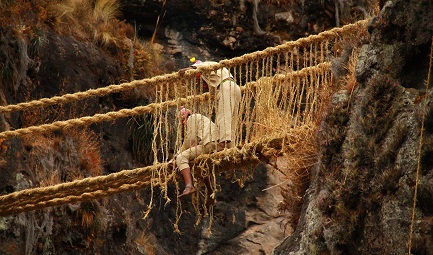
The laws of the Incas were severe enough: it was supposed to cut off the hand for small theft and to cut off the language for lying, and for more serious offenses the one was punished by death. At the same time, unlike the southern neighbors, the Incas did not practice human sacrifices. The prisoners captured during the military campaigns were mostly sent to the selva to cultivate the coca plantations.
The mutual aid was supported in the society: the Incas lived on the principle "today is for you – tomorrow is for me". If the harvest was bigger than it was expected, its surpluses were distributed proportionally between the clans.
Men aged 18 to 50 years passed a kind of service: when the empire began a large construction, they were called in turn to work for a period of 3 months. Also, there was a women's service: its representatives helped the people in case of natural disasters.
The study of the Incas civilization does not stop, the culture of this empire attracts more and more scientists for research. We hope that soon we’ll be able to learn a lot more about such mysterious up to this day Incas.

Christopher Columbus, who discovered Dominican, gave to this land the name of a paradise of the earth. However, Dominican Republic is rich not only with amazing places to rest, but also with interesting facts. We propose you to get acquainted with some of them.
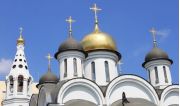
Every day, the first rays of the sun rising above the Old Havana, lit up the golden domes of the Orthodox temple – the first in Cuba and the Caribbean, which was erected in honor of Our Lady of Kazan. The church, built on the shore of Havana Bay, looks very harmonious on background of the historical part of the capital architecture.















